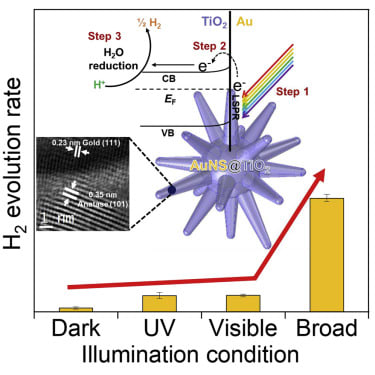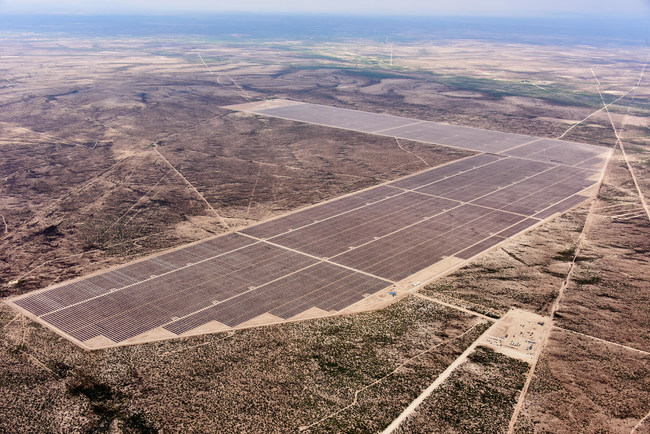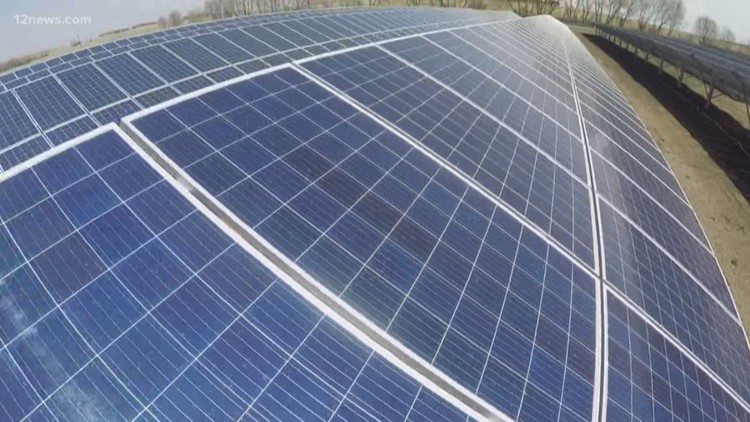[ad_1]
SHANGHAI (Reuters) – China’s solar power component manufacturers raised output in the first six months of the year despite dwindling market opportunities caused by a government decision to curb new capacity, an industry association said on Thursday.
FILE PHOTO: A man works on solar panels at a solar power plant of China Huaneng Group in Huaiyin, Jiangsu province, China June 13, 2018. REUTERS/Stringer/File Photo
China’s solar sector has been growing rapidly after local governments commissioned hundreds of new projects to meet the country’s aggressive renewable energy targets.
But the state planning agency said in June that it would cut subsidies for new projects and cap capacity additions at 30 gigawatts (GW) for this year, down from a record 53 GW in 2017, as it tried to “optimize” the pace of construction amid overcapacity fears.
Despite the policy adjustments, manufacturers continued to ramp up production in the first half of 2018, even though total installed generation capacity remained unchanged compared to the same period of last year, China Photovoltaic Industry Association (CPIA) Vice-Chairman Wang Bohua said.
“The solar power sector should strengthen self-discipline whether domestically or overseas, and it should refrain from false propaganda and from price-gouging cut-throat competition,” Wang told an industry conference.
He said the production of silicon wafers – a key solar component – rose 39 percent year-on-year to 50 GW in the first half, with solar module output rising to 39 GW, up 22 percent.
Total installed solar generation capacity stood at around 24 GW in the first six months, Wang said, roughly the same as last year. Half of the new capacity consisted of “distributed” projects on rooftops and other installations.
If China is to enforce its 2018 capacity cap of 30 GW, that means only 6 GW of new capacity will be permitted in the second half of the year.
Domestic market weakness has driven down prices and stimulated foreign sales, with solar component export earnings rising 21.2 percent to $5.51 billion in the first six months.
But overall profits and utilization rates in the sector have continued to decline, Wang added, with some manufacturers even making losses in the first half.
“As competition in the sector continues to intensify, and as subsidies are cut, the sector has entered into a period of low profit,” Wang told the conference.
Wang already warned at a conference in April that small- and medium-sized manufacturers were under huge overcapacity pressures this year and said many faced closure.
Reporting by David Stanway; Editing by Christian Schmollinger
[ad_2]
Source link


 from their reduced carbon emissions.
from their reduced carbon emissions.

















